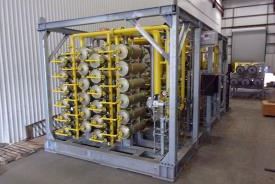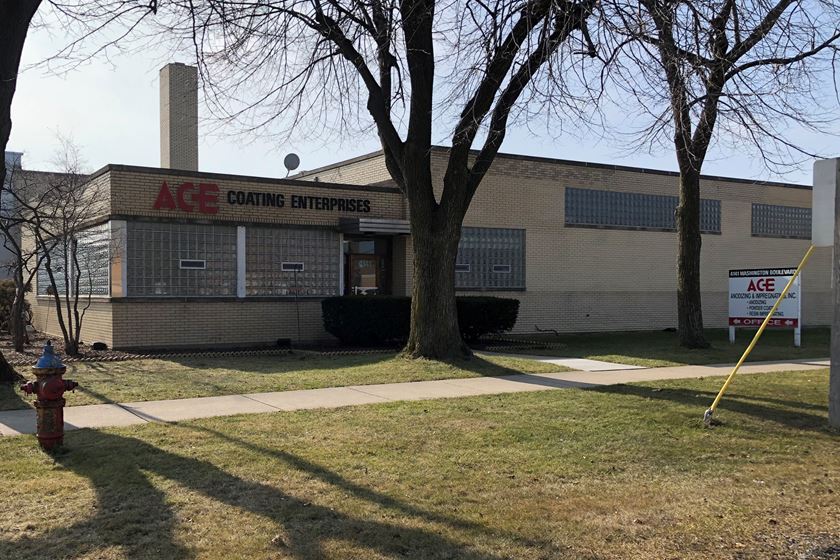White Spots on Gold
Q. I have a problem with whitish-colored spots on my gold plate after the plating process. SEM analysis shows residuals of sodium. Any idea where we produce sodium? The process we use is nickel-gold-tin. —G.S.
A. Typically, a white colored gold deposit is caused by excess nickel in your plating bath. Since your SEM analysis indicates sodium residuals and not nickel, we have to assume that the sodium salts are coming from your rinse water or sodium salts used in your plating process.
Without additional information on the exact process you are using, I would suggest the following steps to find your source of sodium salts:
1. Check the quality of rinse water used in your rinsing process.
2. Check the quality of water used to make up your process baths.
3. Review the formulation of your process bath chemistries to determine if sodium salts are used in the formulation.
If any of these steps indicate the presence of sodium salts, you have your culprit and now must reduce or eliminate it.
RELATED CONTENT
-
Plating Q&A: Can you color stainless steel?
Our expert, Art Kushner, says yes, you can color stainless steel, but it is not a process that is typically performed in a plating shop. Read more about his answer.
-
Nickel Electroplating
Applications, plating solutions, brighteners, good operating practices and troubleshooting.
-
Smut and Desmutting
Question: I am new to this industry and have heard about smut and desmutting operations.
















